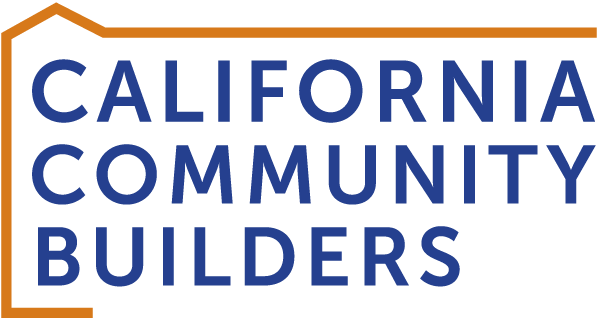How Parking Requirements Fuel California’s Housing Crisis
Parking requirements aren’t just about cars. They’re fundamentally part of the housing equation.
The list of causes of California’s deeply rooted housing crisis is long. Many of them are about housing themselves — how we build it, finance it, regulate it. But some of them aren’t really about housing at all, but some other aspect of community building and planning: environmental concerns, fiscal issues, traffic and transportation. That includes parking requirements.
Housing is often seen — erroneously — as a burden by local communities. Local governments thus attach all manner of requirements to housing — requirements that on paper are meant to either make housing “pay for itself,” to “mitigate” the impacts of building homes, or in the worst cases simply to make it so hard to build housing that nobody does.
One of the most common requirements is a Minimum Parking Requirement, or MPR, requiring that developers provide a certain amount of parking (often 2 spaces per unit), regardless of how close the housing is to transit or city centers, or who will live there and whether or not they want parking. As Lewis Lehe shows in this month’s featured research article, “Minimum parking requirements and housing affordability,” these parking requirements make housing more expensive and make smaller, more affordable units scarcer.
More homes for cars means fewer homes for families.
Lehe’s study shows two important things:
High MPRs “discourage small units by making it less profitable to build units for lower-income households.” Such parking requirements make building units with little or no parking illegal, which makes it too expensive and unprofitable to build smaller and more affordable units; and
The costs associated with these parking requirements are ultimately passed onto consumers, often by impacting the market overall. The types of affordable units that would be more possible without MPRs are pushed out of the jurisdiction, ultimately costing people who want to live in that place more money because fewer affordable units are available.
Lehe’s study extends previous work that arrived at similar conclusions. Unlike other areas of housing policy where there is vigorous debate, there is little debate that MPRs make housing more expensive. Transportation planners and housing advocates agree: Parking isn’t something that the transport community wants any more than the housing community. Reforms are underway around the world, as cities strive for more housing and fewer cars.
Impact: Fewer of the homes that people of color need
The homes not being built because of MPRs are generally smaller units, which directly puts low-income people at a disadvantage. The current housing scarcity increases rents — with people of color typically the first to be displaced – while increased housing production reduces costs and increases availability of homes in economically desirable cities. Parking requirements also apply to condominiums, townhouses and other homeownership opportunities, pushing these opportunities even farther away from BIPOC communities.
Where the issue stands today
Housing, environmental, and transportation organizations have all highlighted MPRs as a barrier to housing production, transit and bike usage, and greenhouse gas reduction goals. More and more cities are voluntarily reducing parking requirements, but challenges remain in overcoming opposition, some of which comes from planners and affordable housing providers who use MPRs as part of leverage in complex negotiations.
The State Senate recently passed AB 2097, which would reduce the ability of medium and larger cities to impose excessive parking requirements within one quarter mile of transit. The bill is sponsored by Abundant Housing Los Angeles, CA YIMBY, SPUR, and the Council of Infill Builders.
Governor Newsom recently signed AB 2244, which reduced parking requirements for religious new institutions so that they could dedicate more land to housing.
California’s housing crisis continues to make our state unaffordable for too many. It’s time to concentrate on housing for people, not cars.
Sources & Further Reading
Featured Article: Lehe, Lewis. “Minimum parking requirements and housing affordability.” Journal of Transport and Land Use 11.1 (2018): 1309-1321.
San Diego Mayor Todd Gloria op-ed on why reducing parking requirements matters
Terner Center brief on AB1401 (previous parking reform legislation)
UCLA Associate Professor Michael Manville on why parking minimums need to go.
Manville, M. 2013. Parking requirements and housing development. Journal of the American Planning Association, 79(1):49–66.
Shoup, D. 2014. The High Cost of Minimum Parking Requirements. In S. Ison and C. Mulley, eds., Parking Issues and Policies (Transport and Sustainability, Volume 5), pp. 87–113. Emerald Group Publishing Limited.


